Nima Sand Museum
"Singing sands" and the world's largest hourglass reside near Japan's Kotogahama beach.
Passing along Route 9 through the Japanese beach town Nima, six large glass and steel pyramids rise out of the hillside, beautifully reflecting the sky in every panel.
These glass pyramids are home to the Nima Sand Museum. The Museum was publicly opened on March 3, 1991 by the local mayor in order to feature the strange property of the Kotogahama sand on the nearby Kotogahama beach, which he thought to be an ideal tourist attraction. It is said to ‘sing’ when walked upon, but it vocalizes more of a squeaking noise than any melodious notes. The museum features a collection of artwork utilizing the acoustic sands. (Singing sands are found in only a few dozen locations around the world. One other such location are the dunes of Badain Jaran Desert.)
The largest of the six pyramids also holds another curious item, the world’s largest hourglass. This massive functioning sand timer, takes exactly one year for the sands in the upper globe to empty into the lower. Every December 31st the hourglass is carefully flipped over at midnight to help celebrate and mark the New Year.
The pyramid containing the hourglass is 21 meters high, resting on a base whose four sides are 17 meters long each. The hourglass itself is 5 meters in height with a 1 meter diameter, filled with one ton of the singing sand (sifted to ensure each grain is roughly 0.13 millimeters) to flow continuously through a nozzle measuring 0.85 millimeters in diameter.
The architect for the Museum was Nima-born Shin Takamatsu, and is said to have designed the tallest pyramid to be visible from his mother’s grave site. The interior of the pyramids is are as interesting as their contents, with sleek steel beams crisscrossing madly and the hourglass contained within a large circular contraption.

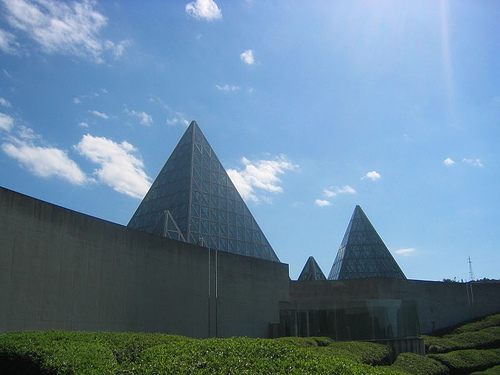
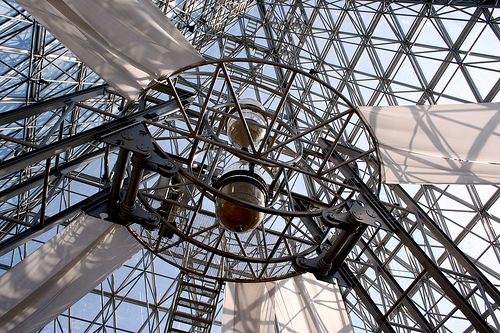

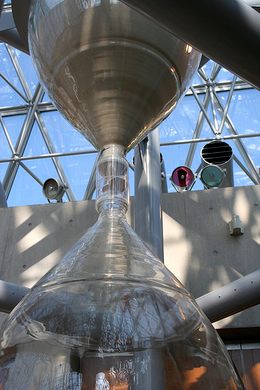
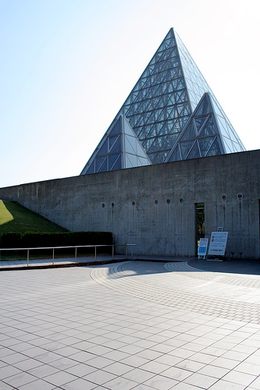




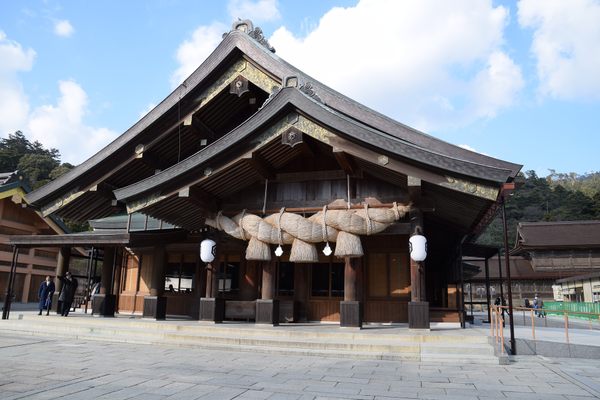



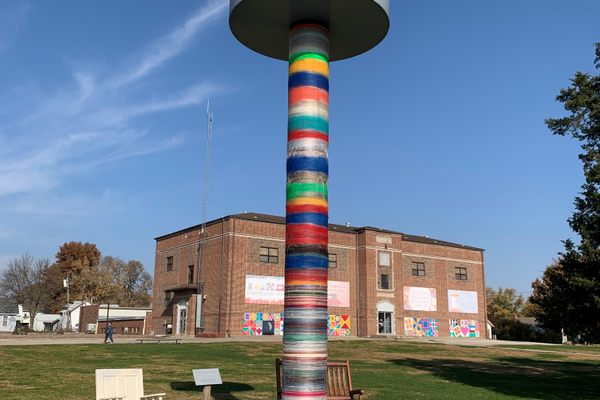




Follow us on Twitter to get the latest on the world's hidden wonders.
Like us on Facebook to get the latest on the world's hidden wonders.
Follow us on Twitter Like us on Facebook